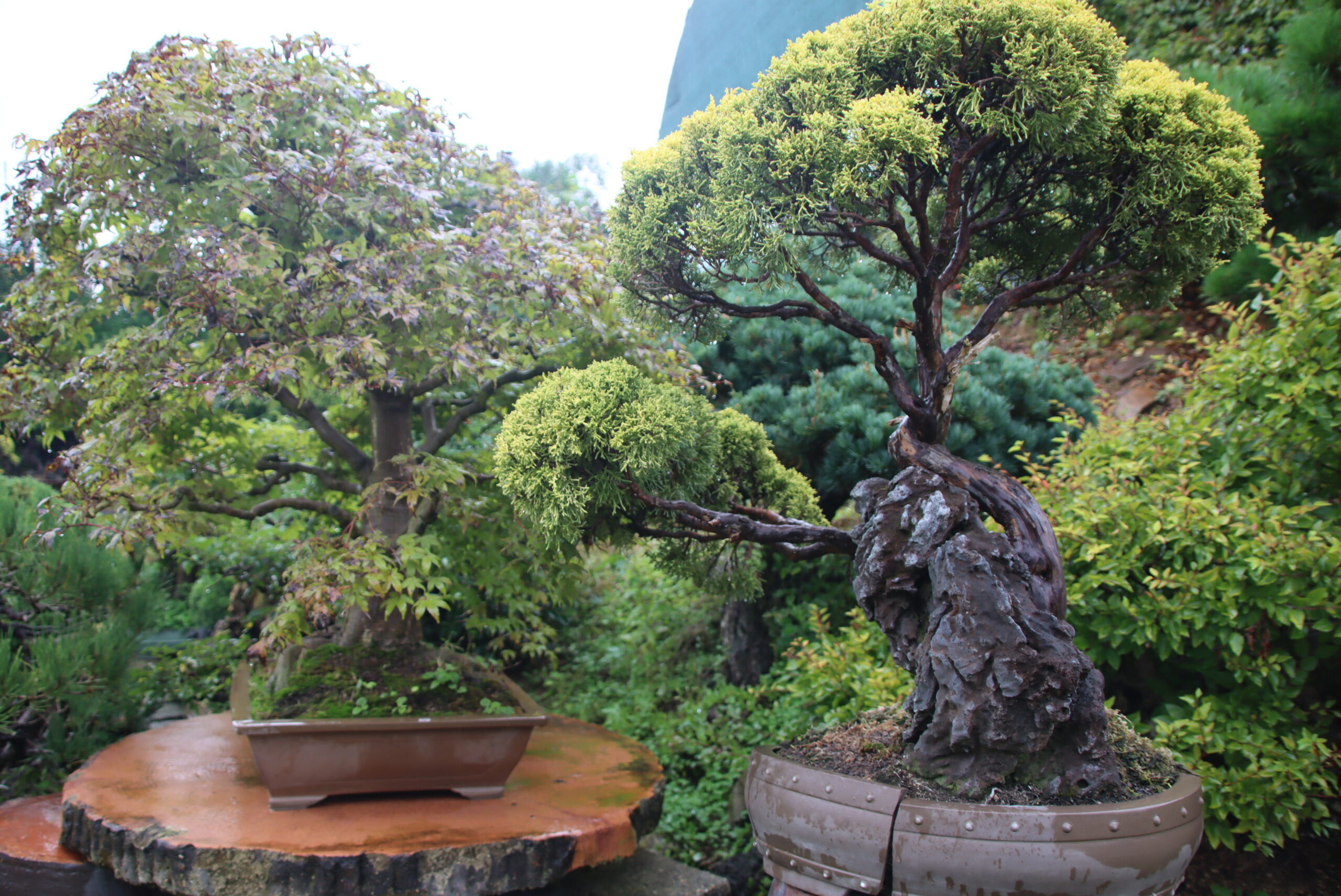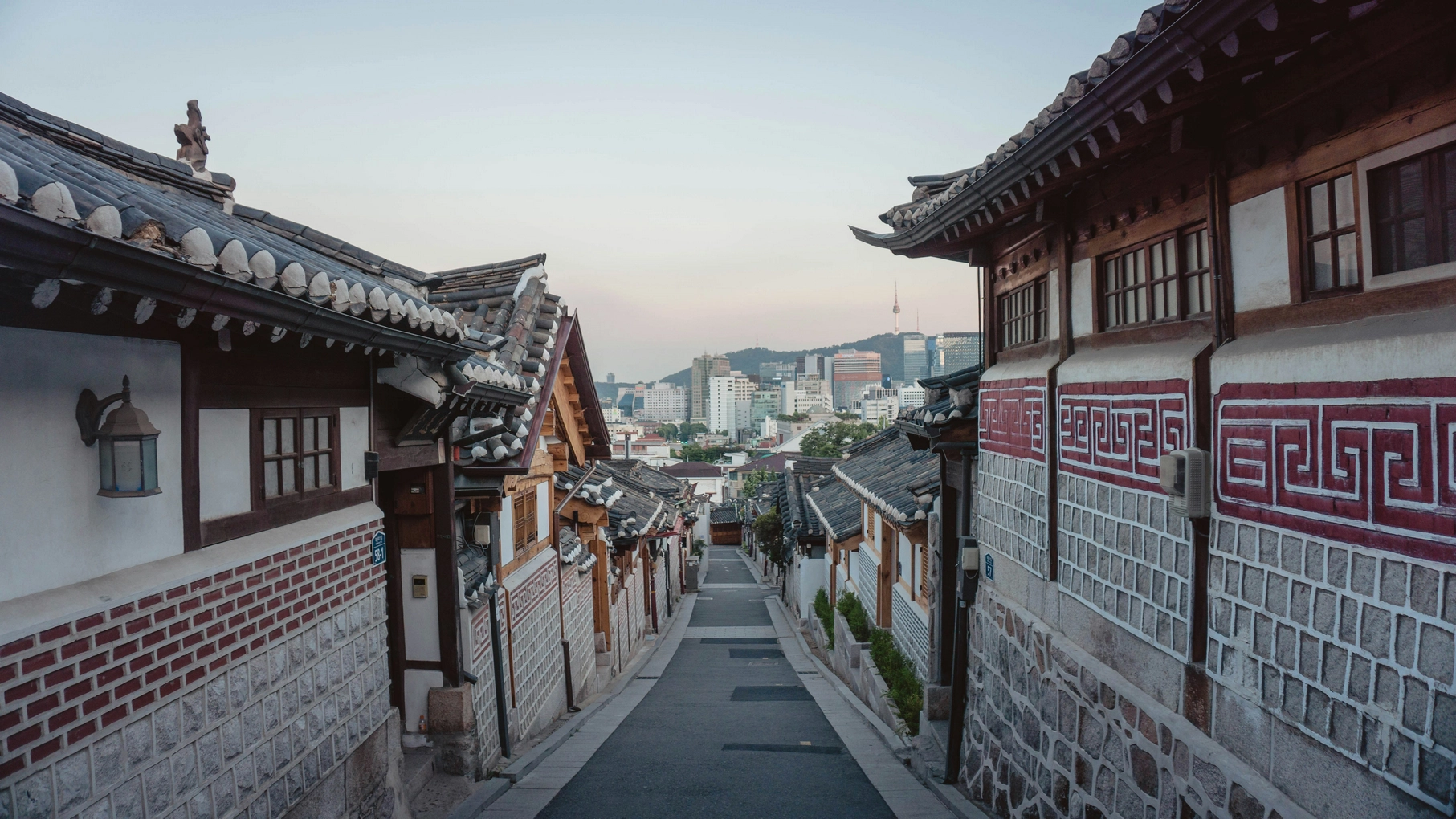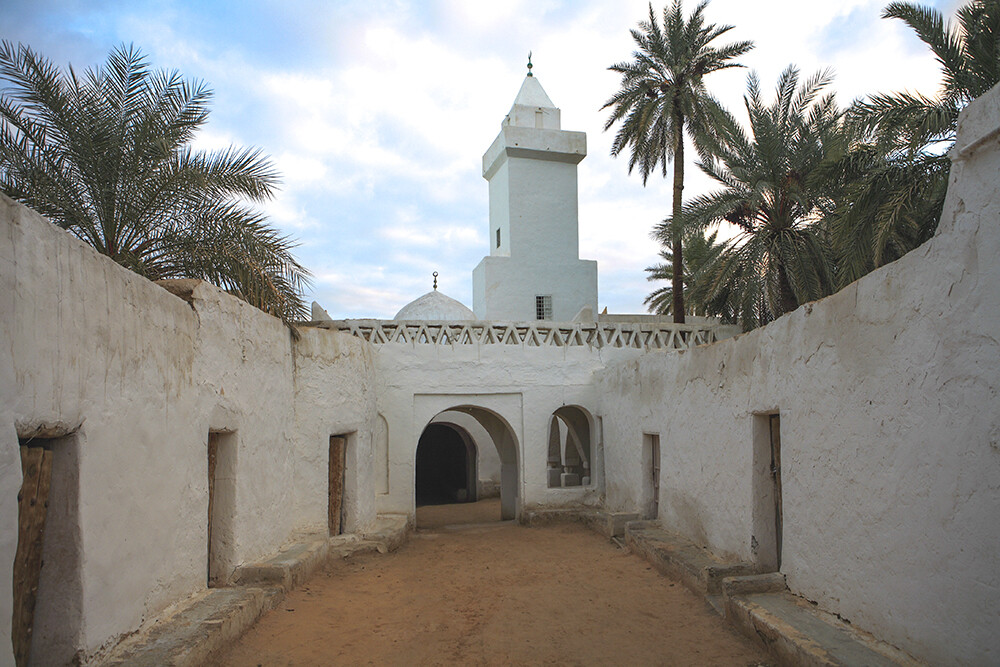The Korean Bonsai Museum maybe can’t be described as a must-visit destination in Seoul, South Korea’s sprawling metropolis—if only because it’s beyond the city’s metro system.
It must nevertheless be one of the world’s great centers of the artform—a uniquely Korean form of it, at least.
That’s because Korean bonsai is somewhere in the middle between the long and great tradition of cultivating miniature trees in Japan and China, says Winna Lee, Seoul’s undisputed queen of bonsai.
When I visited the Korea Bonsai Museum under October rains, I was greeted by the sound of cellos ushering forth from a long hall filled with couches on one side, and a dining table set for tea before a cafe bar on the other. Bonsai guide and theory books sat arrayed in a grid on a table nearby when a woman noticed me and fetched Master Winna to meet me.
“What a lovely, rainy, October day. Autumn is coming fast,” she said. Located off the Sam’s Village Seoul Children’s Hospital bus stop on line 9200 out of central Seoul, the Korea Bonsai Museum is up a crumbling road lined with nurseries, forested hills, and garbage.
Managed by Winna and her two daughters, there are over 200 bonsai trees in the museum, which consists of several Quonset-style growing tents loaded with mature trees that would sell for 4 to 5 figures, and every smaller size and stage down to the youngest shoots just starting out their journey toward being living artworks.
In front of the cafe, one cannot ignore a majestic, immaculately pruned Carpinus koreana or Korean hornbeam, nestled in a mound of soil atop a boulder.
Gesturing to a smaller pine sitting near the two of us, she said it was 25 years old grown from seed, while another, much larger specimen across the “Grass Alley” was the same age, but taken from the mountain.
“But the Carpinus is 100 years old,” says Winna. “My husband it was; brought it down from the mountains 50 years ago”.
“You see, here the weather gets a lot colder a lot quicker, so trees stay small in the mountains”.
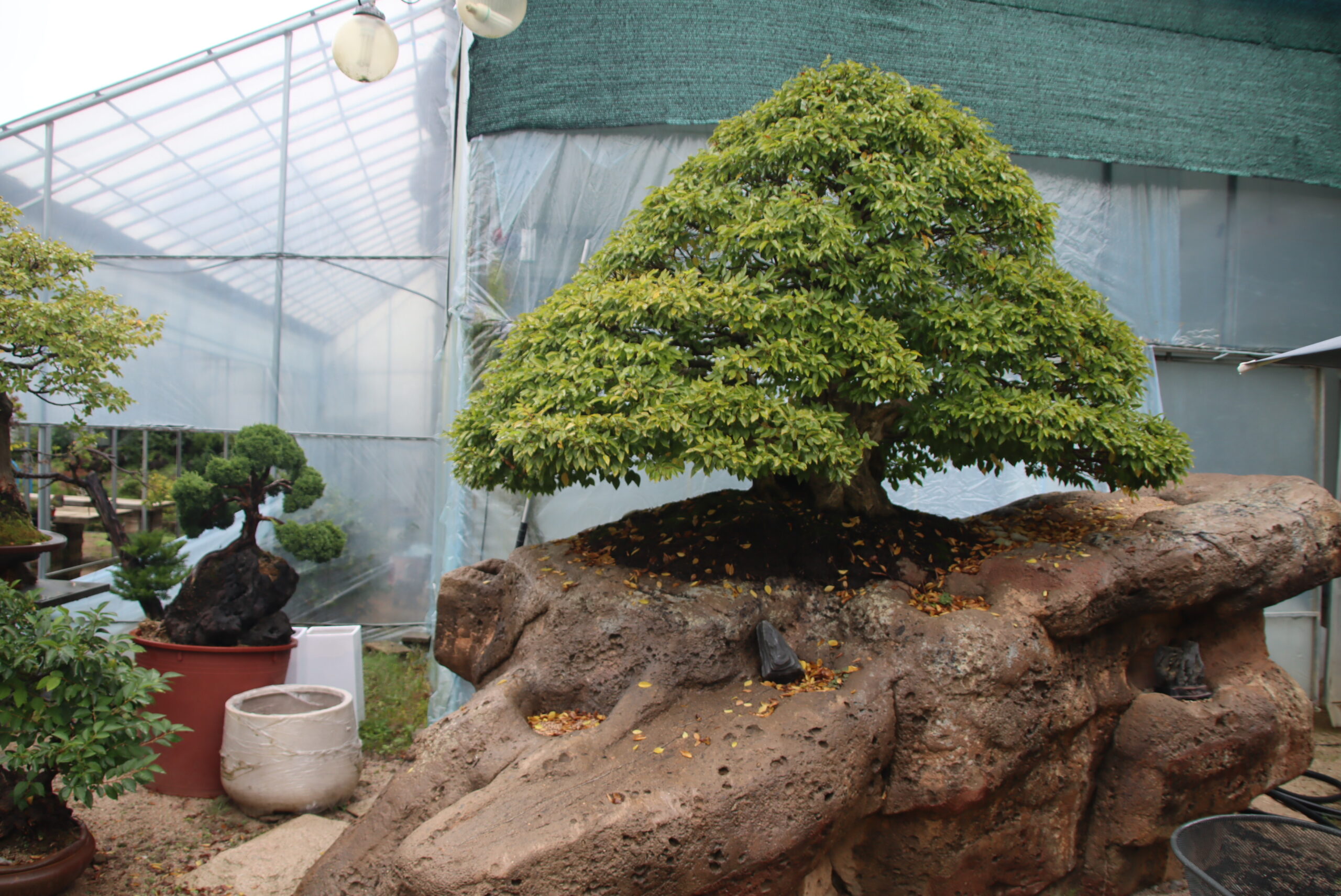
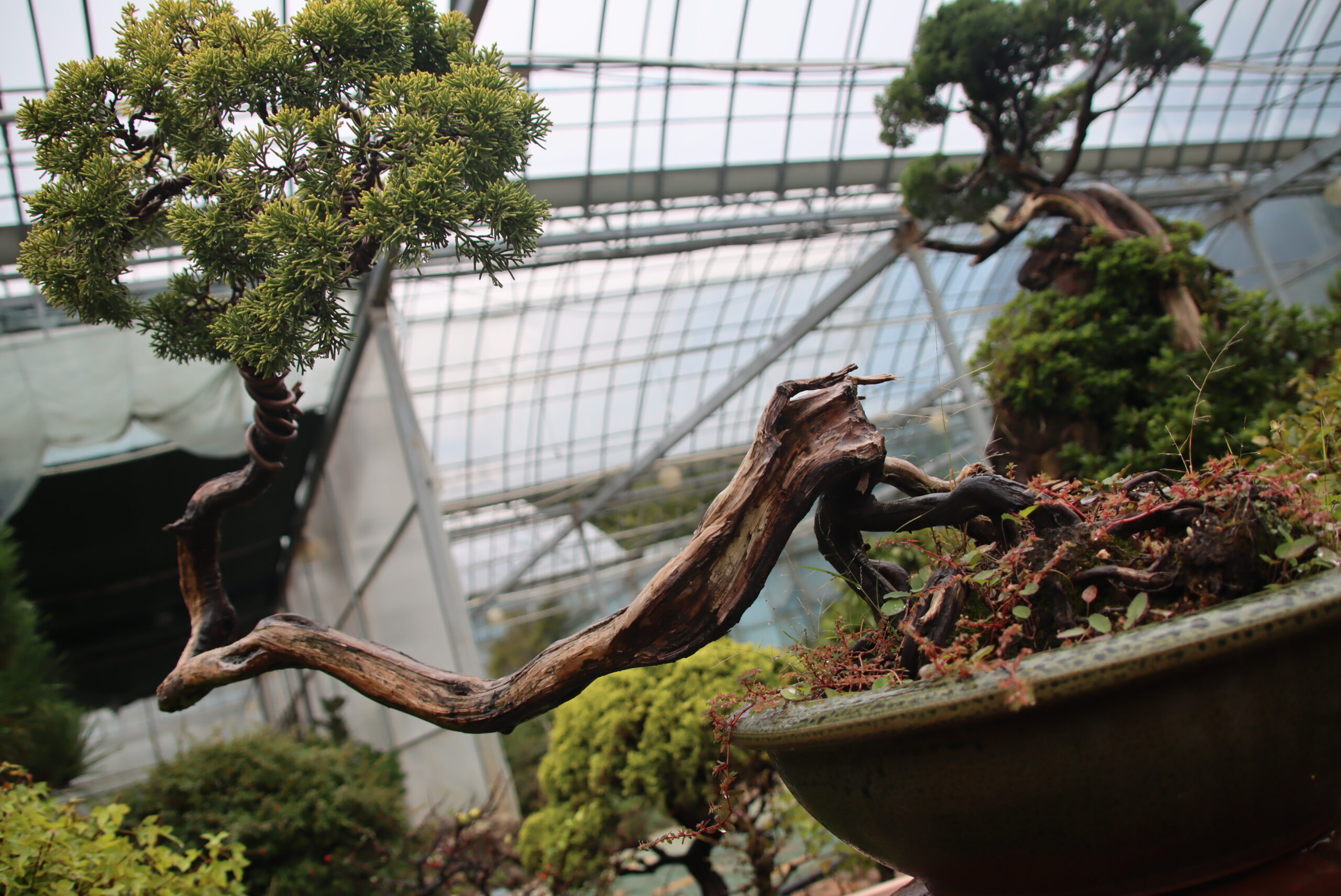
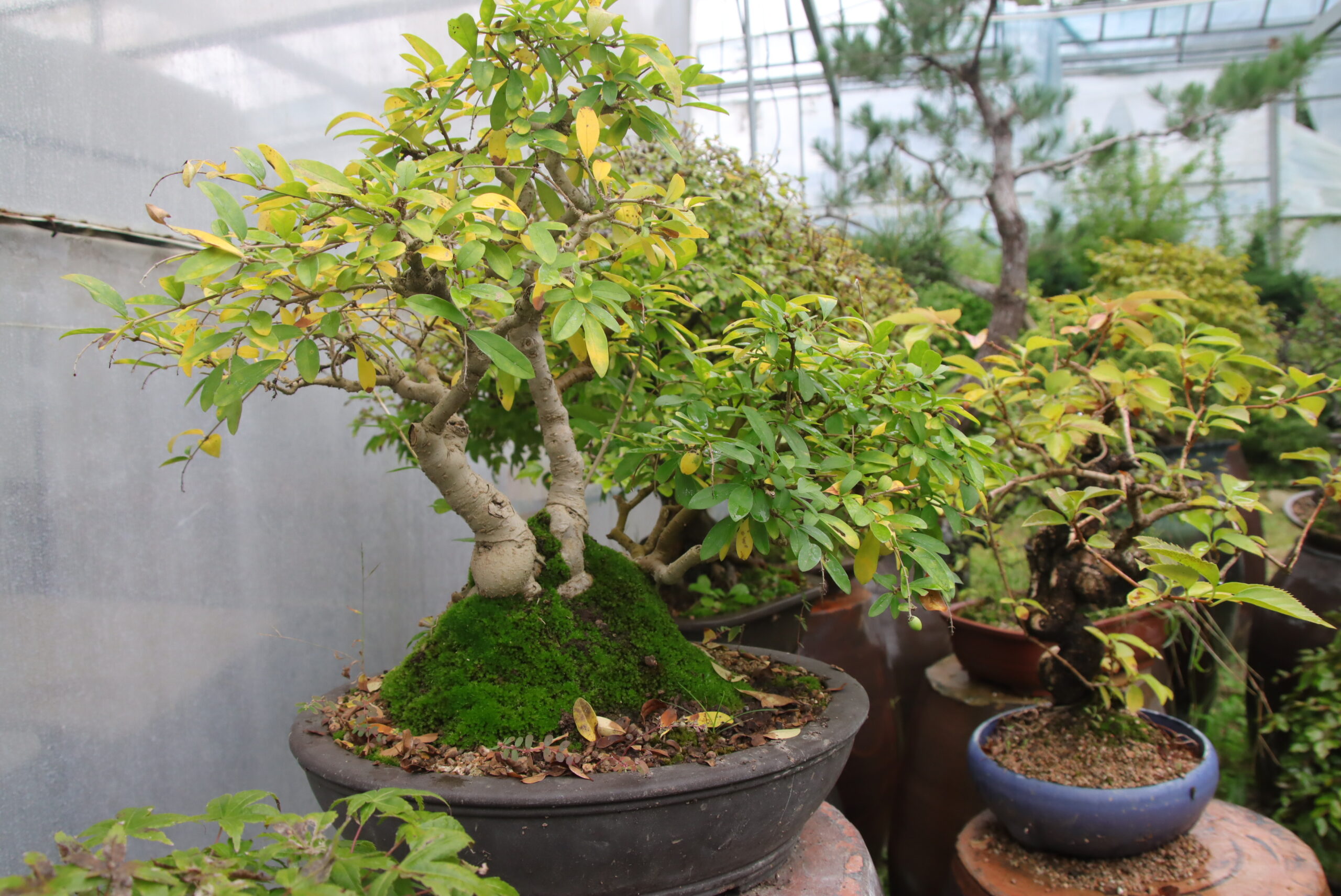
What is Korean bonsai?
“In Japan, too much humidity, so they prune—heavy pruning, and always the classic bonsai shape”.
If Japan is rigid, and committed to perfecting the three classic bonsai shapes, China’s even older method of cultivating dwarf trees, penjing, is far more natural.
“There’s a lot of branches, everywhere, it looks like nature, like more natural,” said Winna. “Korean bonsai is in the middle, no? With the weather here, trees stop growing sooner, so not as much trimming. Just the wiring, the water, and that’s it”. Indeed, her museum hosts a mixture of both styles, with incredibly sculpted miniature trees, and larger ones grown on slabs or trays rather than in pots or vases, that often sport accompanied elements.
Korea Bonsai Museum hosts 2 hour long classes, and 4-5 day programs, which are particularly favored by Western bonsai journeymen, said Winna over a glass of pour-over coffee.
While many different tree species are exhibited in the museum, it’s clear that she has a real fondness for the pine, particularly the Japanese black pine Pinus thunbergii, or gomsol (곰솔) in Korean. It’s a species that defeats many “attentive” bonsai growers, who overwater it, she says.
“It has to develop a [relationship with] symbiotic bacteria, and so to do this it needs real dryness. That’s why caring bonsai students are often killing black pine because they give it always water”.
If this bacteria is allowed to cultivate in the soil, then the black pine rewards the bonsai craftsman with an incredibly strong and resilient tree which Winna has twisted around every shape of rock one can imagine. She has them perched atop stones, climbing up stones, reaching down from stones, consuming them, penetrating them, and falling off them, and the pines stand out as one of the great marvels of the Korea Bonsai Museum.
But the biggest marvel of them all is Winna herself, who does an unfathomable amount of work, along with her daughters, to keep each tree pruned and in order. Repotting a bonsai the size of a milk jug can take half an hour or more—but there are dozens that must weigh more than she does. Yet she has no logger’s hands, nor bent back from all this horticultural work, and the whole time is chattering away about this or that species, or this or that visitor—a delight as much as any in a garden full of them.
Winna and her Korea Bonsai Museum will unofficially accompany the Korean Olympic Team to California in 2028 to show off her skills in the Mecca of the American bonsai hobbyist. WaL
We Humbly Ask For Your Support—Follow the link here to see all the ways, monetary and non-monetary.
PICTURED ABOVE: A Chinese juniper and Japanese maple in the Korea Bonsai Museum. PC: Andrew Corbley ©
